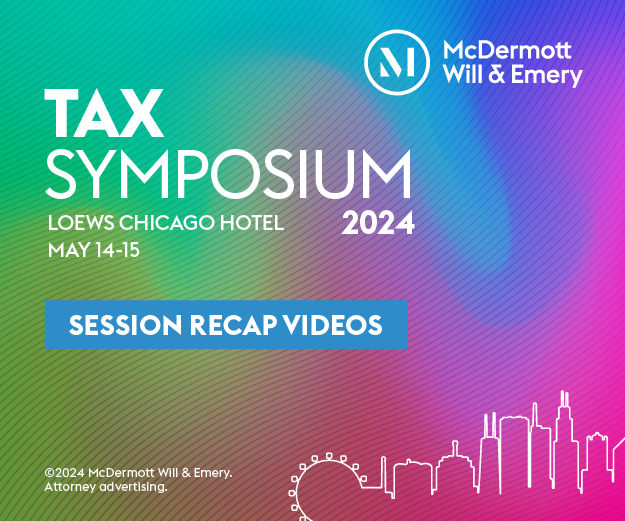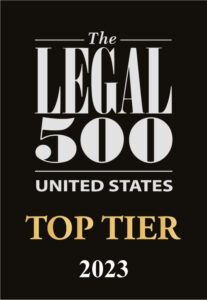The Internal Revenue Service (IRS) has just released final regulations regarding the treatment of United States property held by a controlled foreign corporation (CFC) in connection with certain transactions involving partnerships. The final regulations also provide rules for determining whether a CFC is considered to derive rents and royalties in the active conduct of a trade or business for purposes of determining foreign personal holding company income, as well as rules for determining whether a CFC holds United States property as a result of certain related party factoring transactions. The new rules finalize proposed regulations, and withdraws temporary regulations, published on September 2, 2015. It also finalizes proposed regulations, and withdraws temporary regulations, published on June 14, 1988. In addition, the IRS has issued proposed regulations that provide rules regarding the determination of the amount of United States property treated as held by a CFC through a partnership. The final and proposed regulations affect United States shareholders of CFCs.
The final and proposed regulations can be found here and here.
read more

 Subscribe
Subscribe




